The Adult-Onset Focal Dystonias in General
The adult-onset focal dystonias are benign, chronic, disorders of excessive involuntary movement affecting one particular part of the body.
Adult –onset dystonia is the most common type of dystonia in Ireland affecting about 600 people.
The term adult-onset dystonia (the full medical term is “adult onset idiopathic isolated focal dystonia”) includes the disorders called:
Cervical dystonia
Blepharospasm
Focal hand dystonia
Spasmodic dysphonia
Oromandibular dystonia
Task-specific dystonia (musician’s dystonia)
The common features of the adult onset dystonias are:
1) They begin after the age of 20 years.
2) They usually remain localised to a particular body part throughout life; they never become generalised,.
3) There is no associated neurological disorder other than tremor.
4) Occasionally, in less than 10% of patients, they can remit (spontaneously go away).
5) The commonest form of adult-onset dystonia in Ireland, and in northern Europe, is cervical dystonia; in Southern Europe blepharospasm is more common than cervical dystonia (see the section on Environmental Factors).
6) Most people with adult onset dystonia do not have another family member affected. This is called sporadic adult onset dystonia (sporadic cervical dystonia, etc). About 20% of patients with adult onset dystonia have another family member affected; this is called familial adult onset dystonia.
7) Despite the evidence that only a minority of patients have another affected family member, it is most probable that all people with adult onset dystonia, whatever the type, have a genetic disorder, but the gene does not express itself in most people throughout life. (See the section on “What causes adult onset dystonia”).
8) Anxiety and depression can be a feature of adult onset dystonia but are not secondary to developing the dystonia. Mood disorder appears to be an intrinsic part of adult-onset dystonia and is probably caused by a disturbance in neurotransmitters within the brain in people with dystonia. Often people with dystonia describe having mild anxiety or depression (or both) for some years prior to the onset of the dystonia.
9) People with adult onset dystonia may have a mild associated tremor.
10) Treatment with botulinum toxin is particularly successful in people with cervical dystonia and blepharospasm. In people with focal hand dystonia, special expert treatment using injections into specific muscles is needed using a technique called electromyography.
11) Apart from focal hand dystonia and musician’s dystonia, all the other types of adult onset dystonia are more common in women than men. An intriguing feature is that, with increasing age of onset, there is an increasing predominance of women. We have hypothesised that this age-related increase in the predominance of women with the later age of onset reflects a disorder affecting a particular neurotransmitter called gamma-aminobutyric acid (GABA) (see the section on neurotransmitters in the brain and dystonia).
